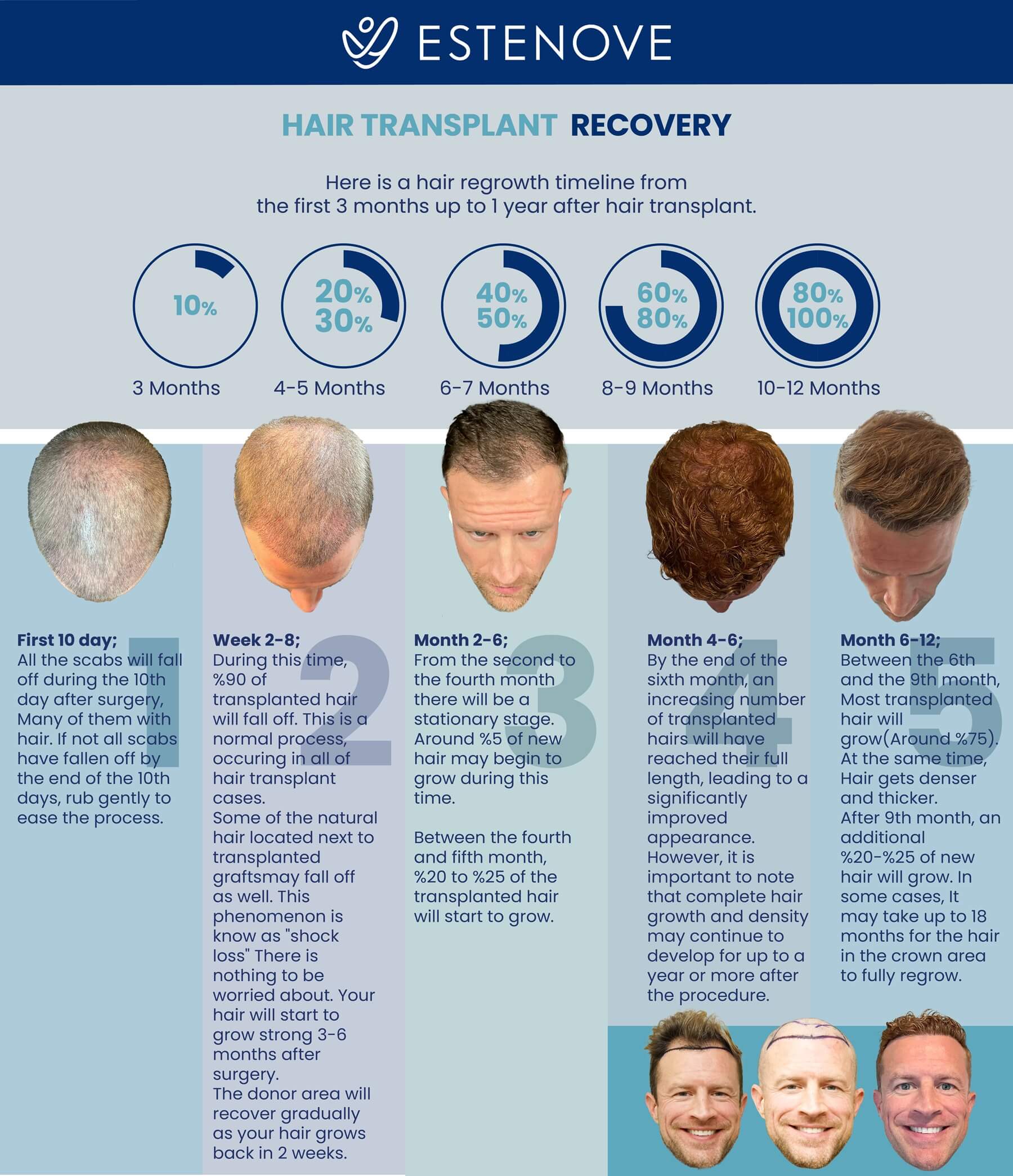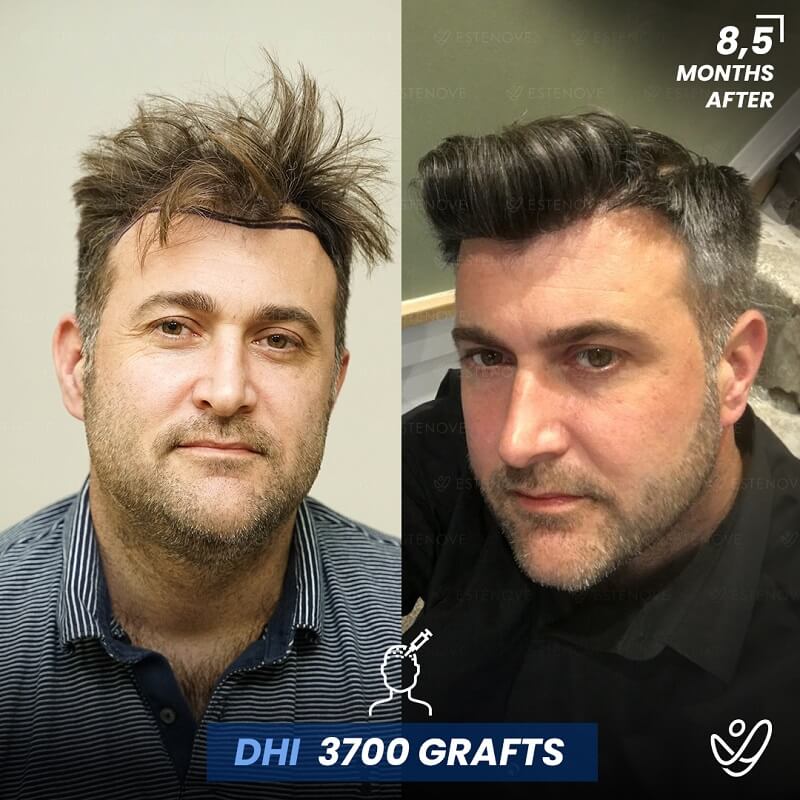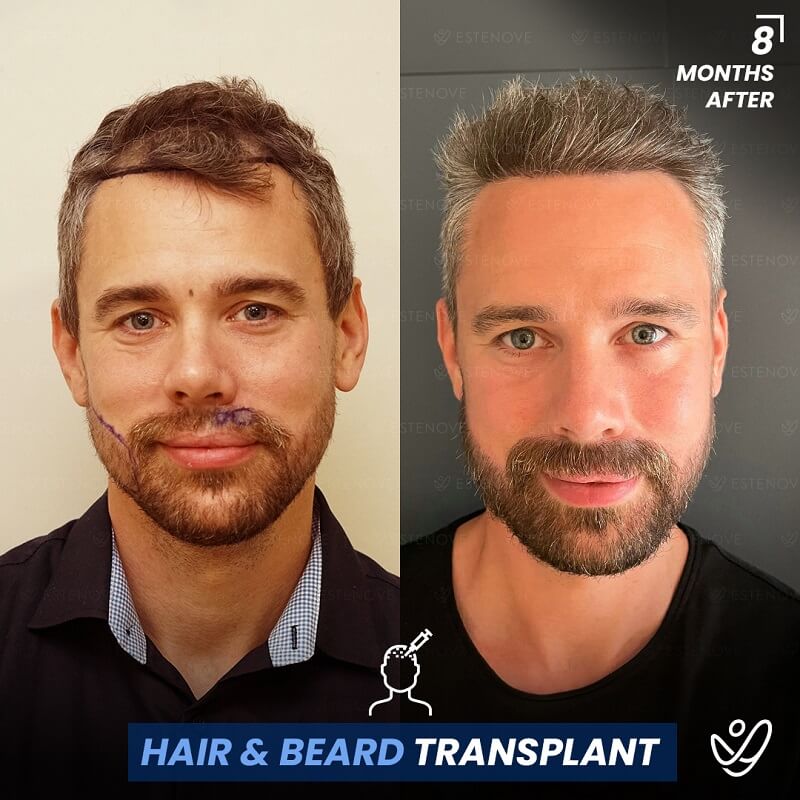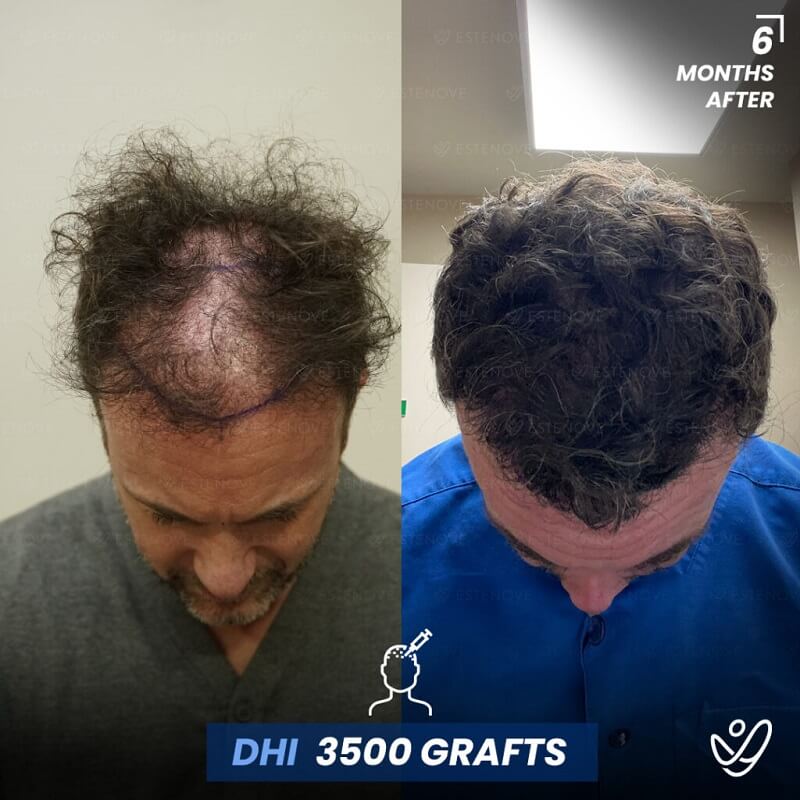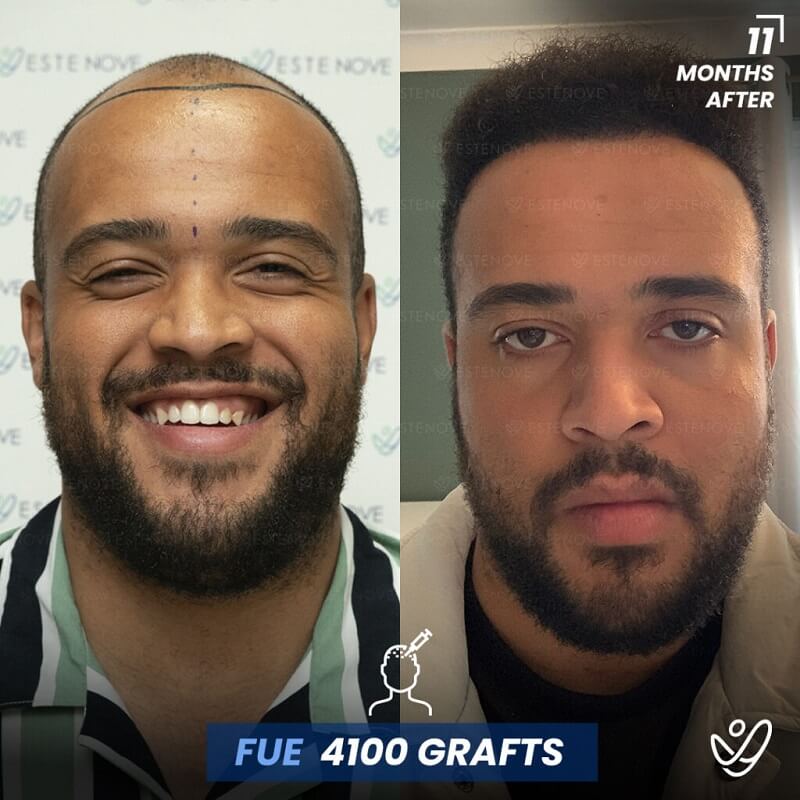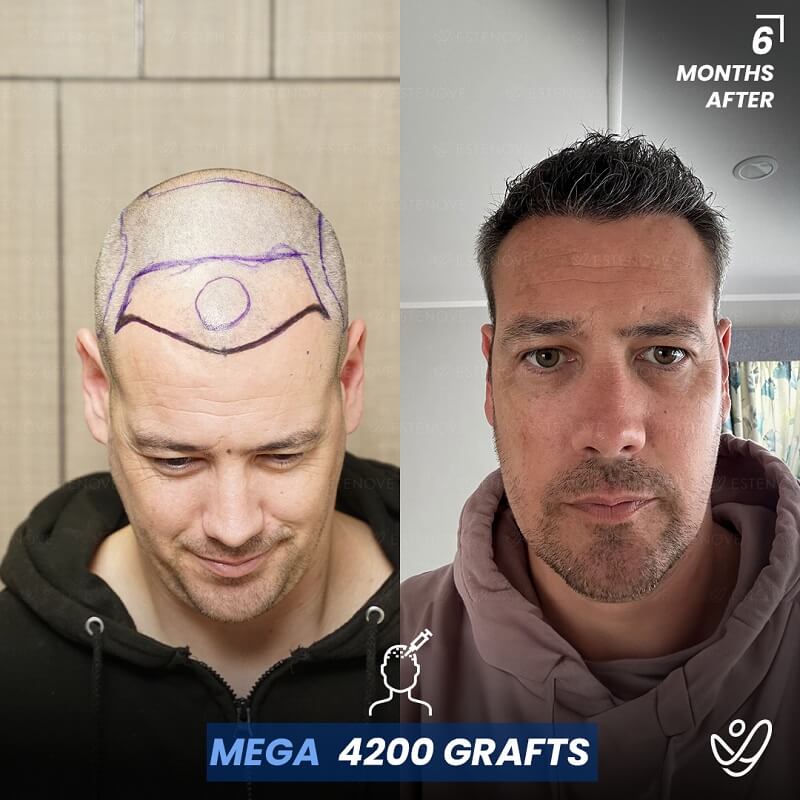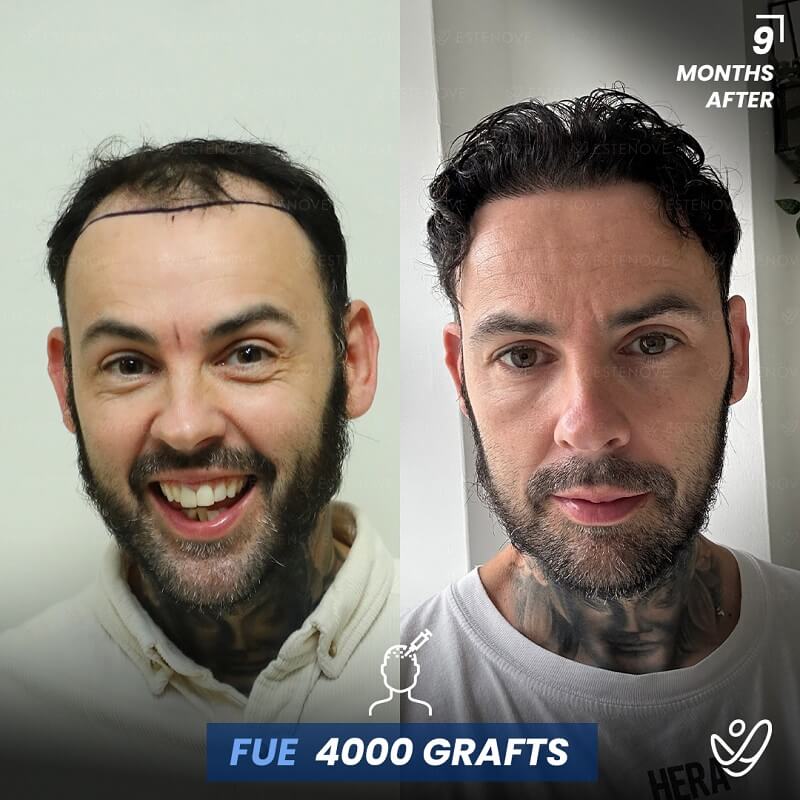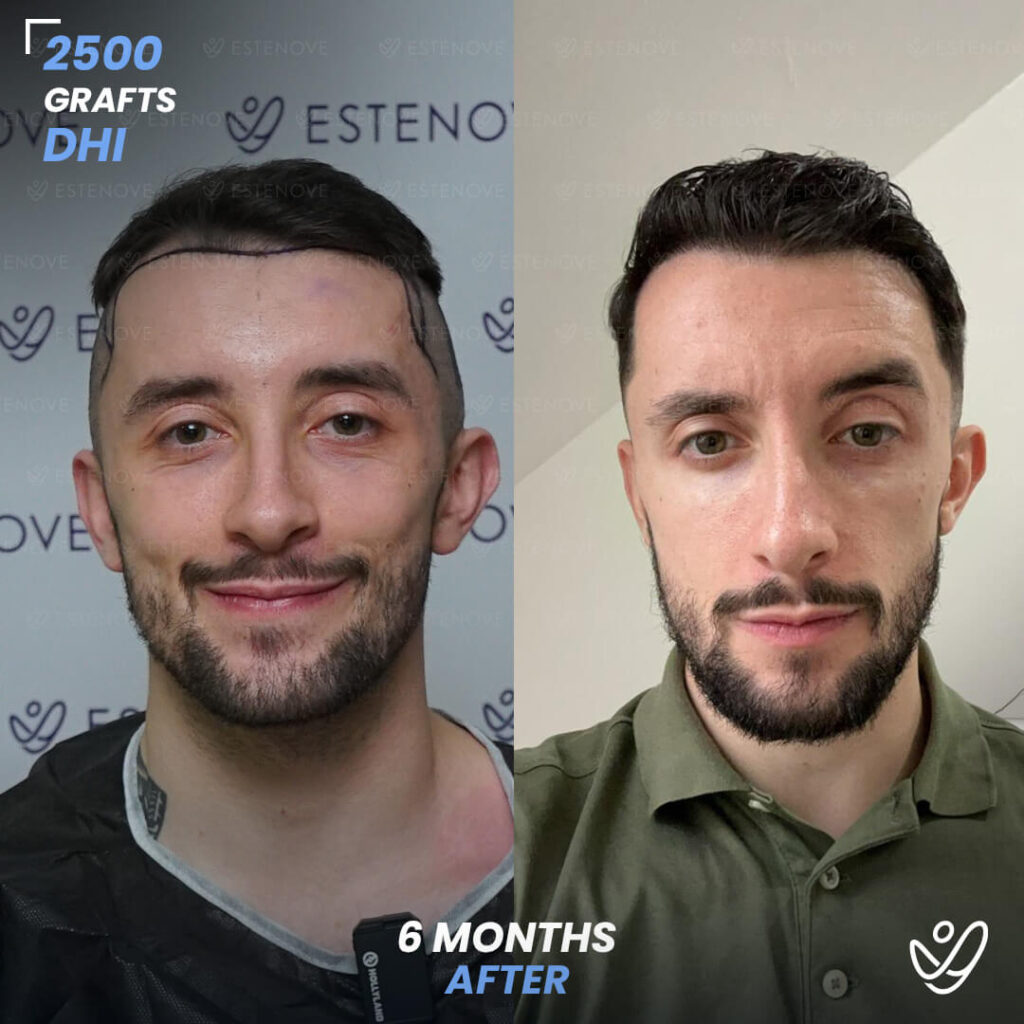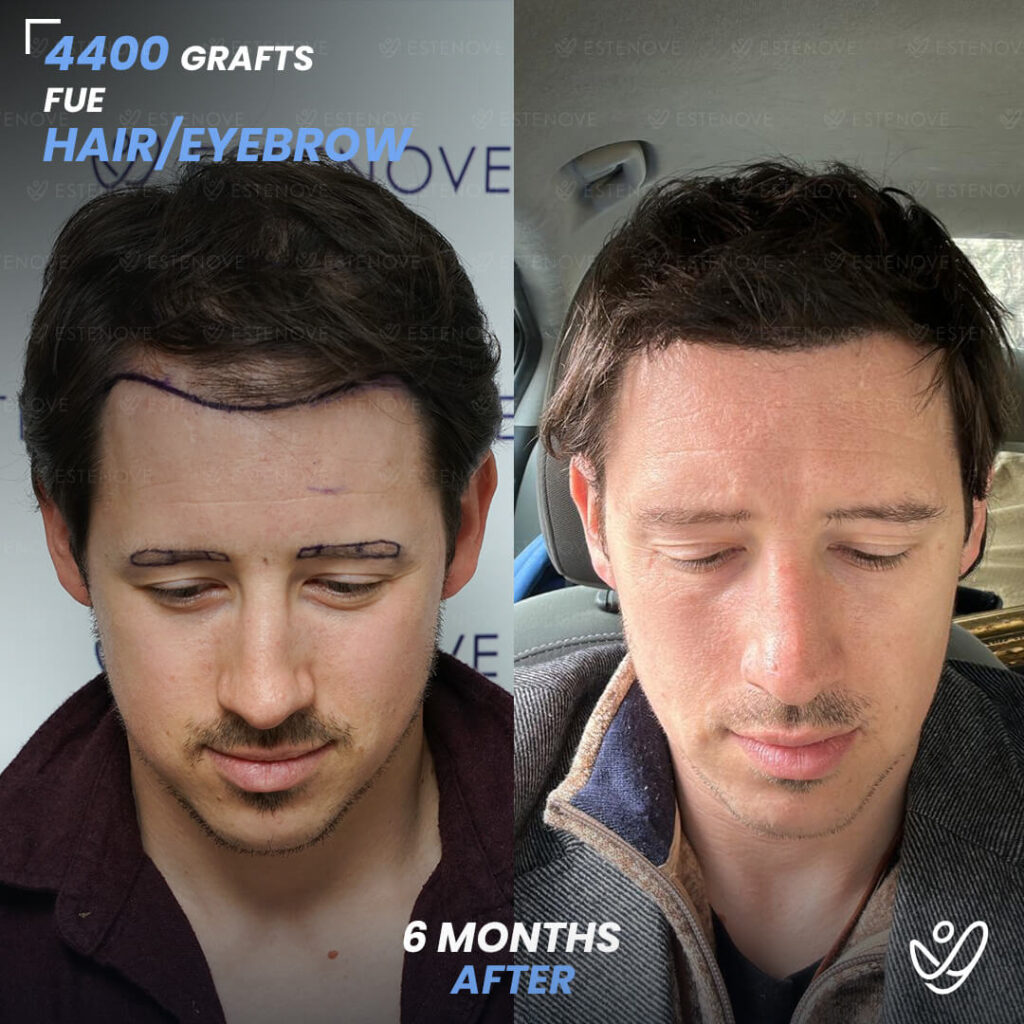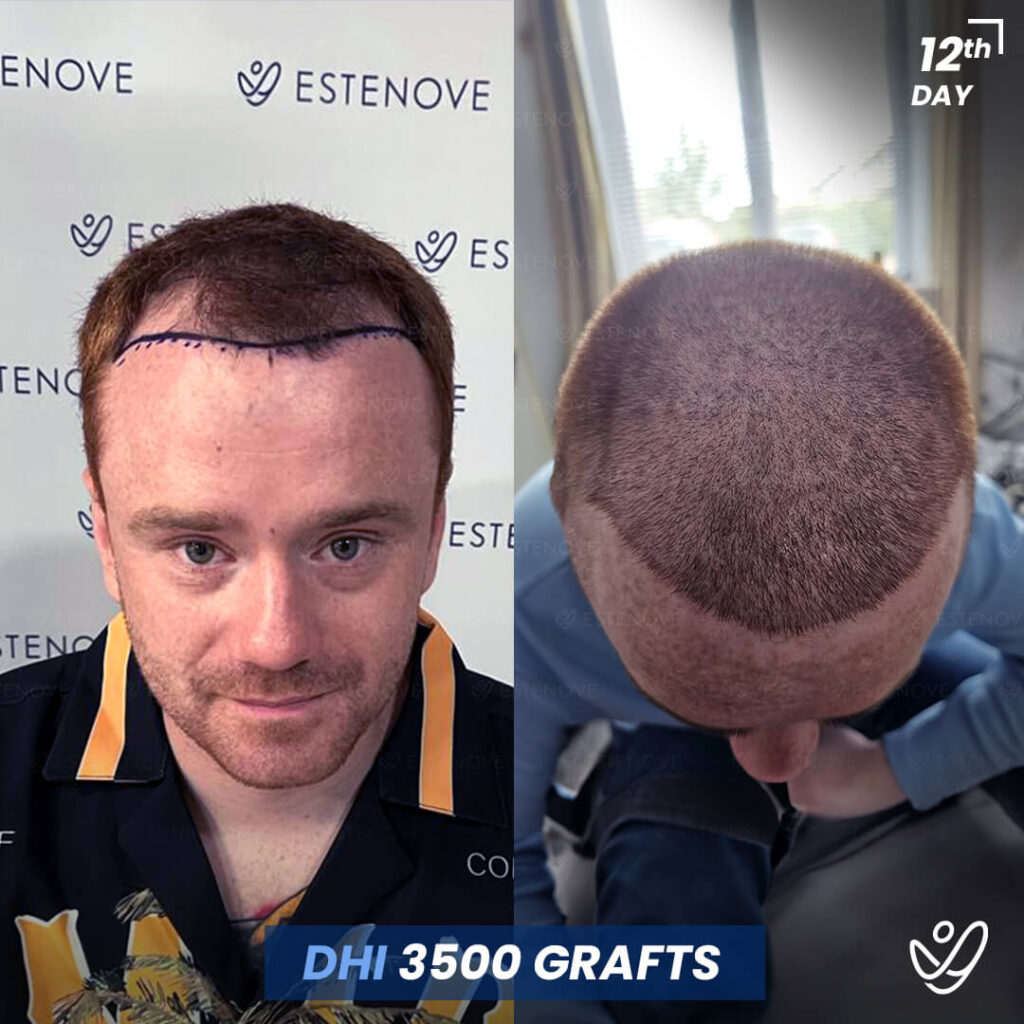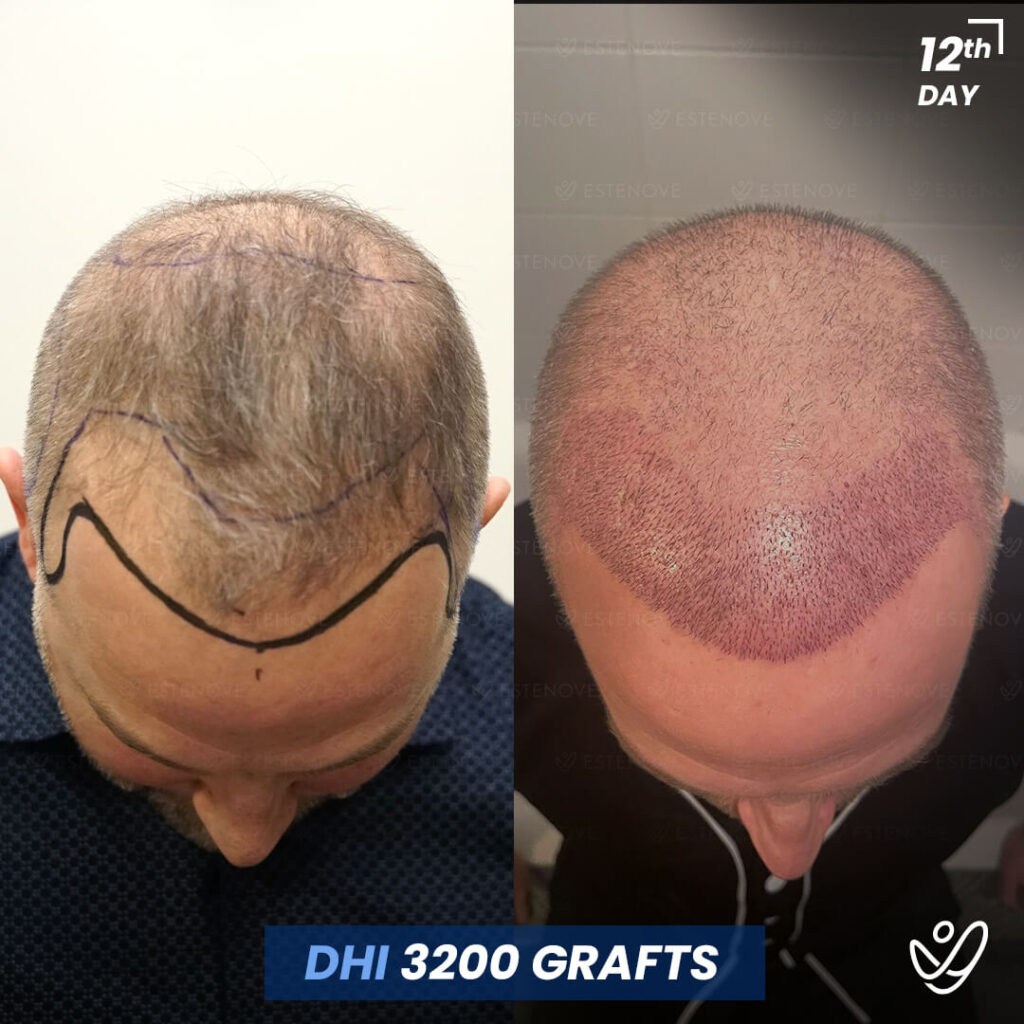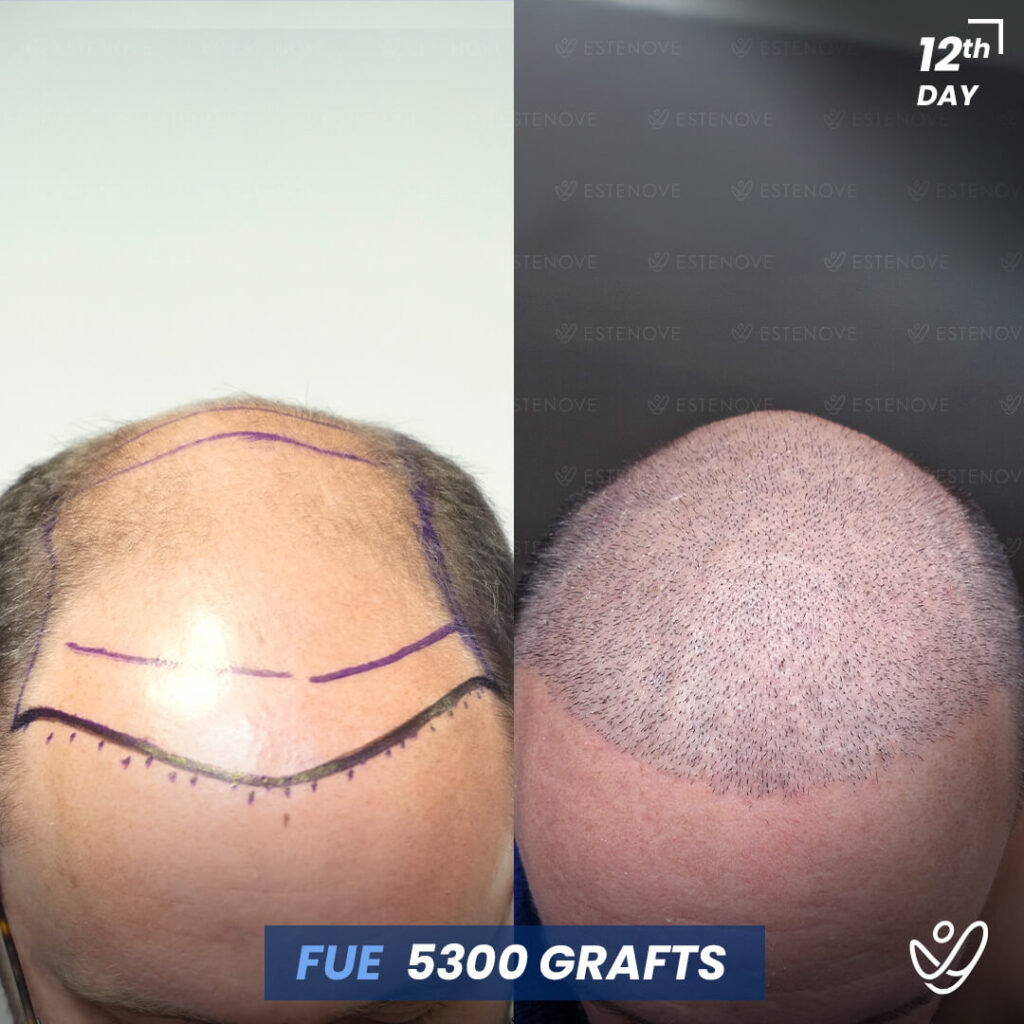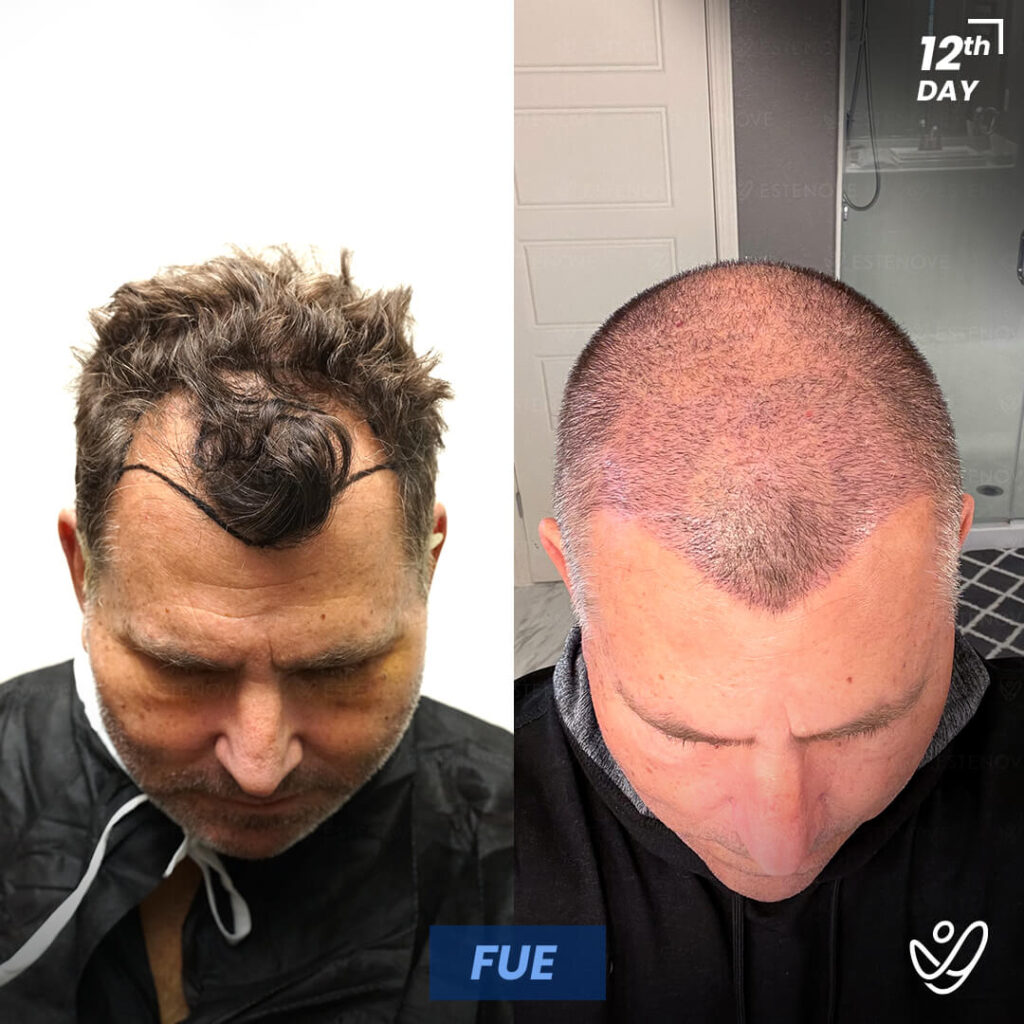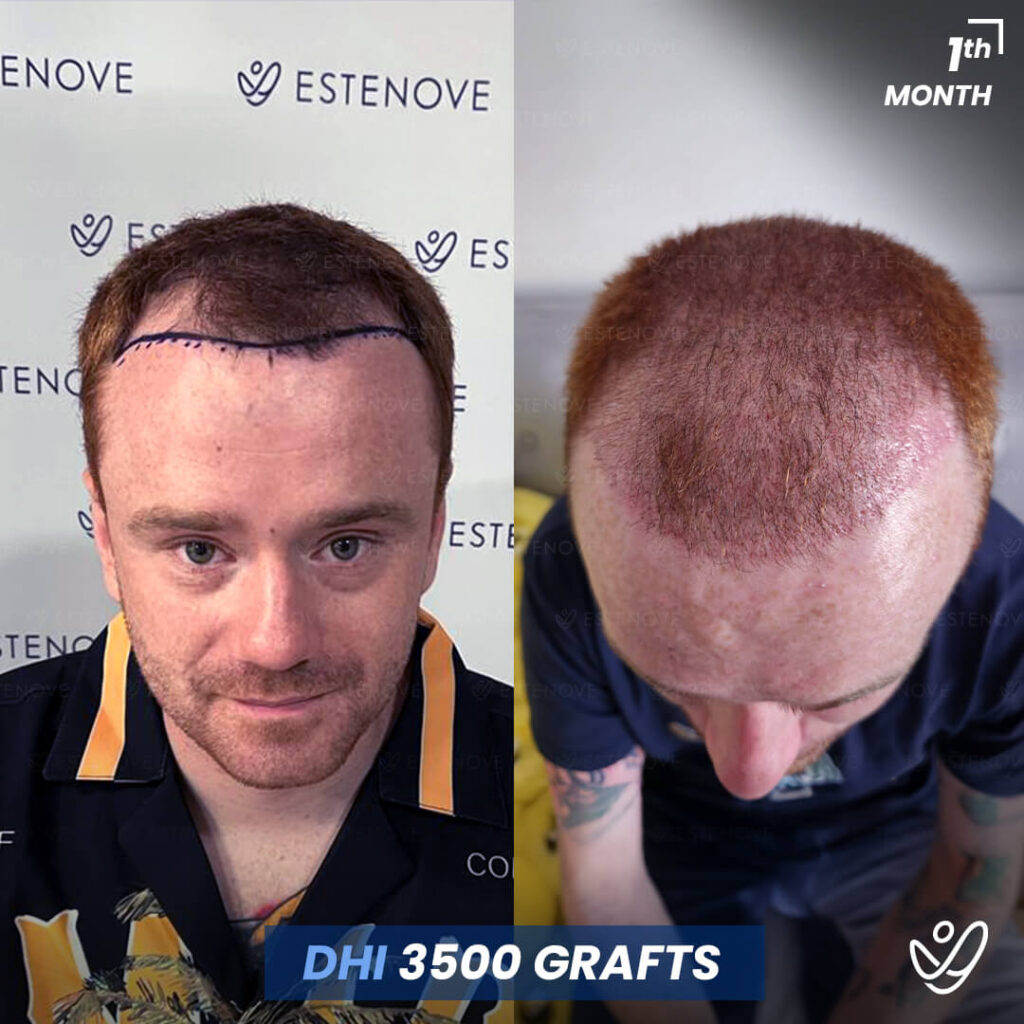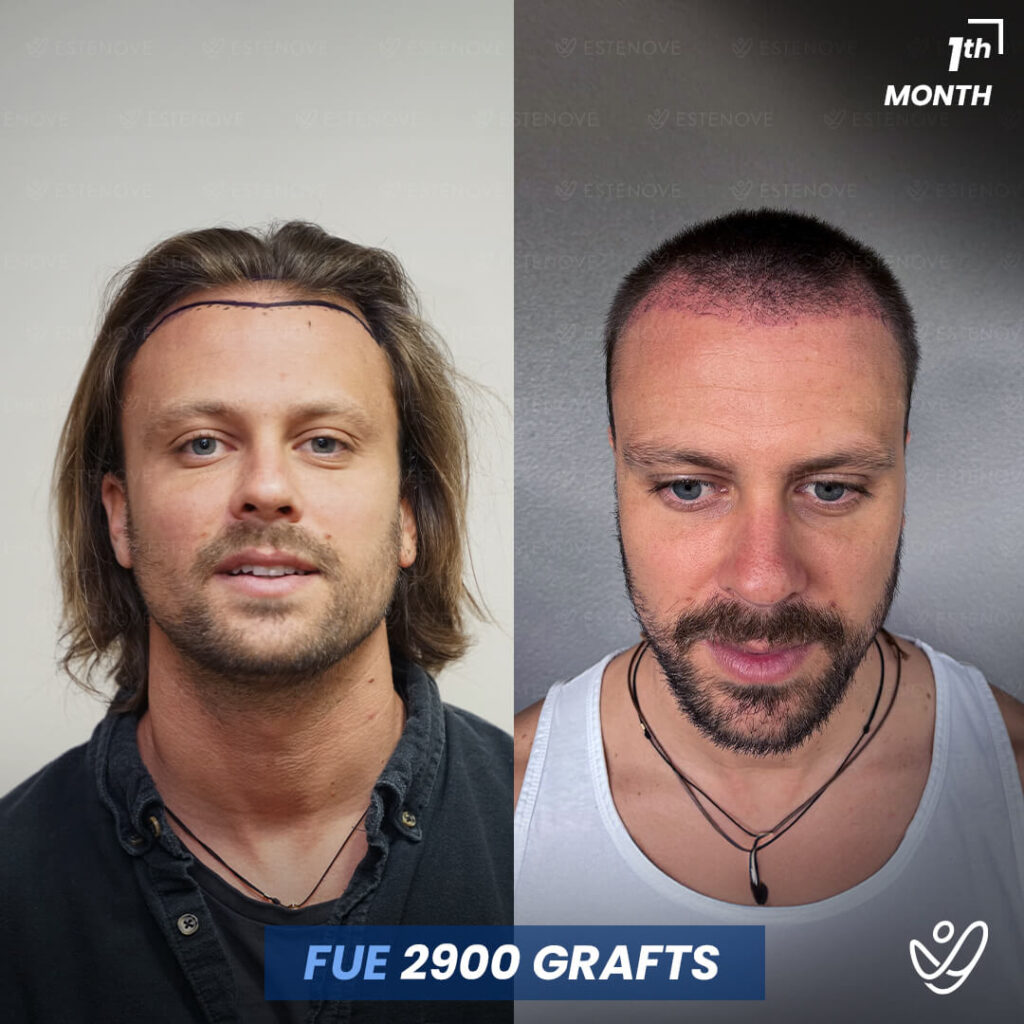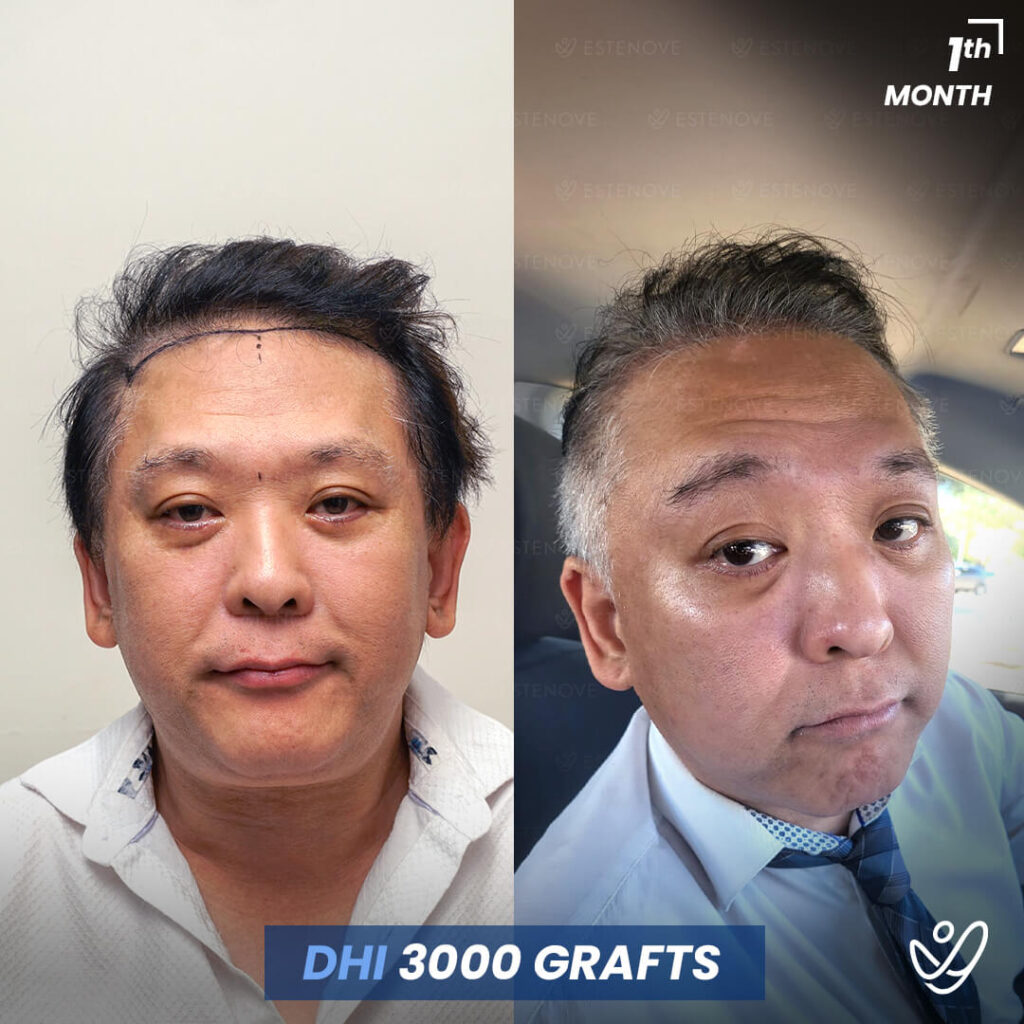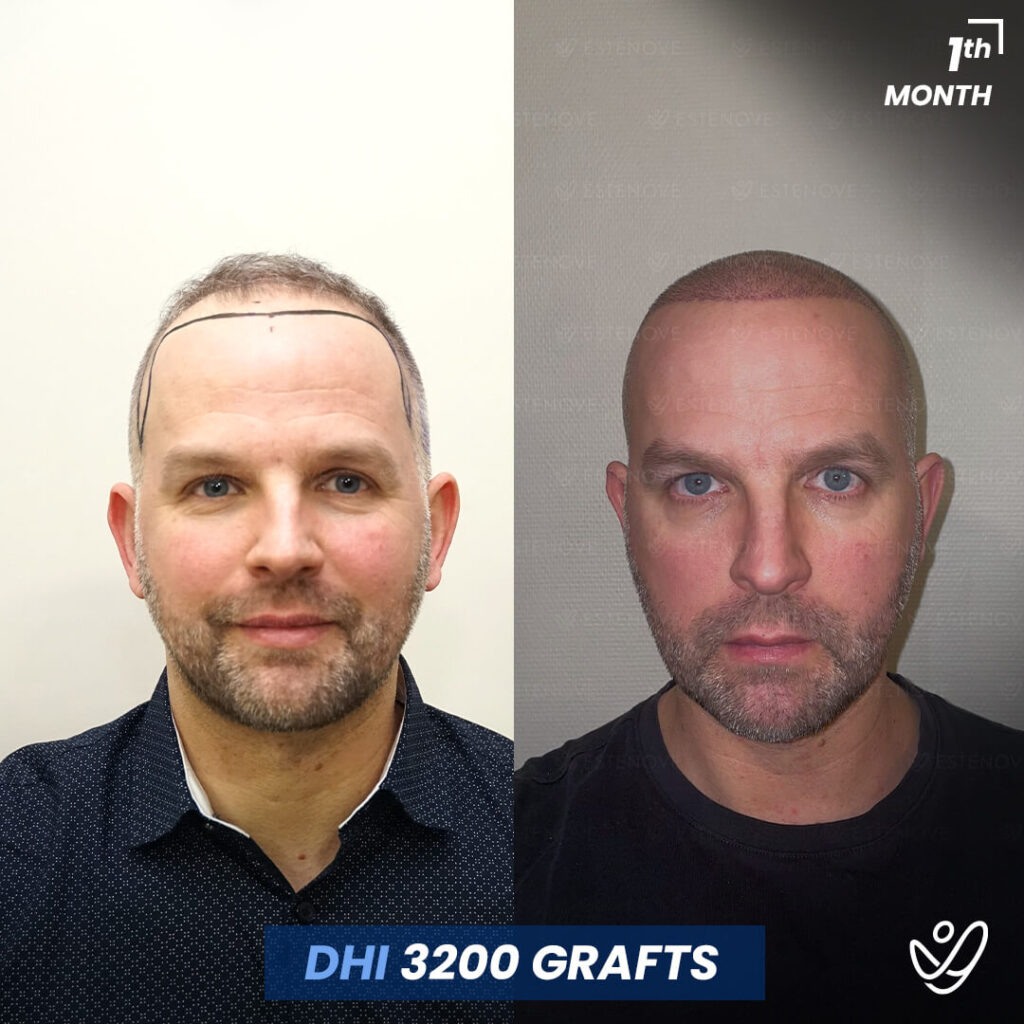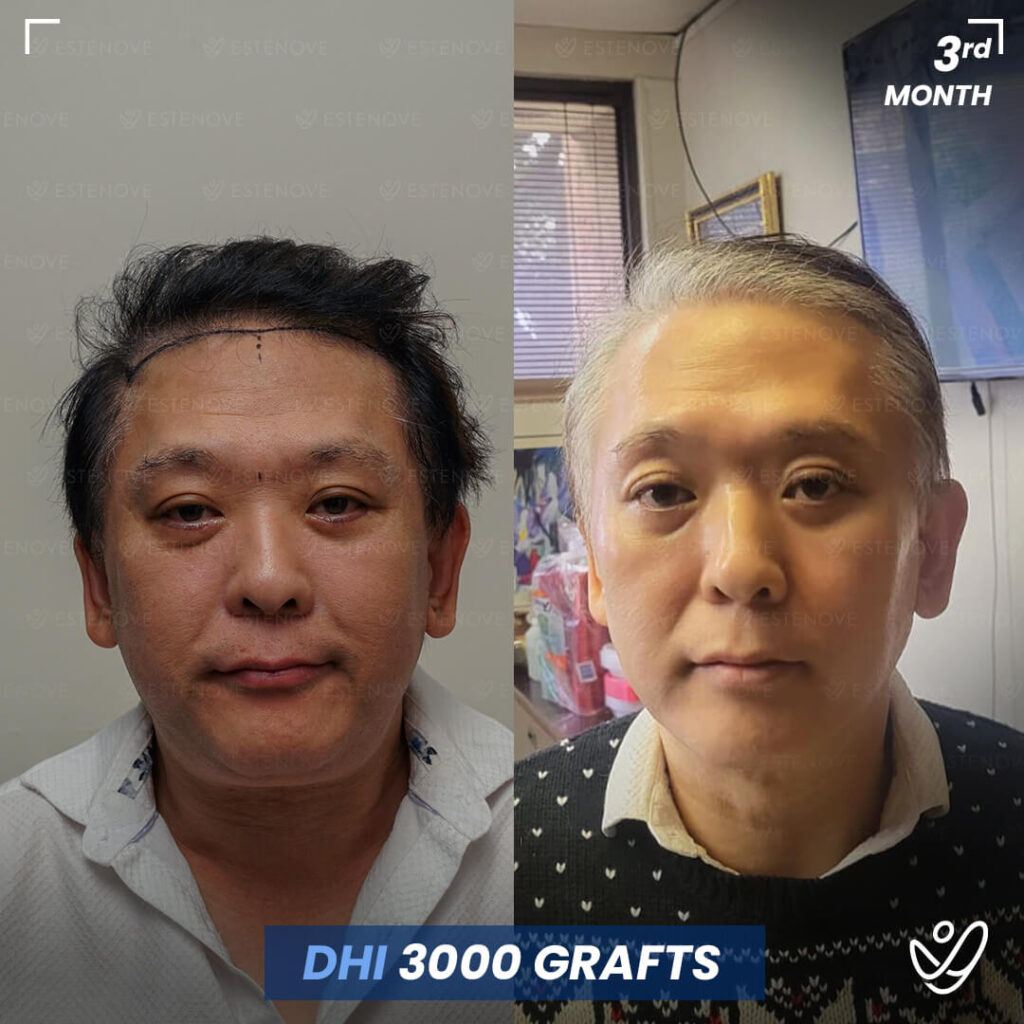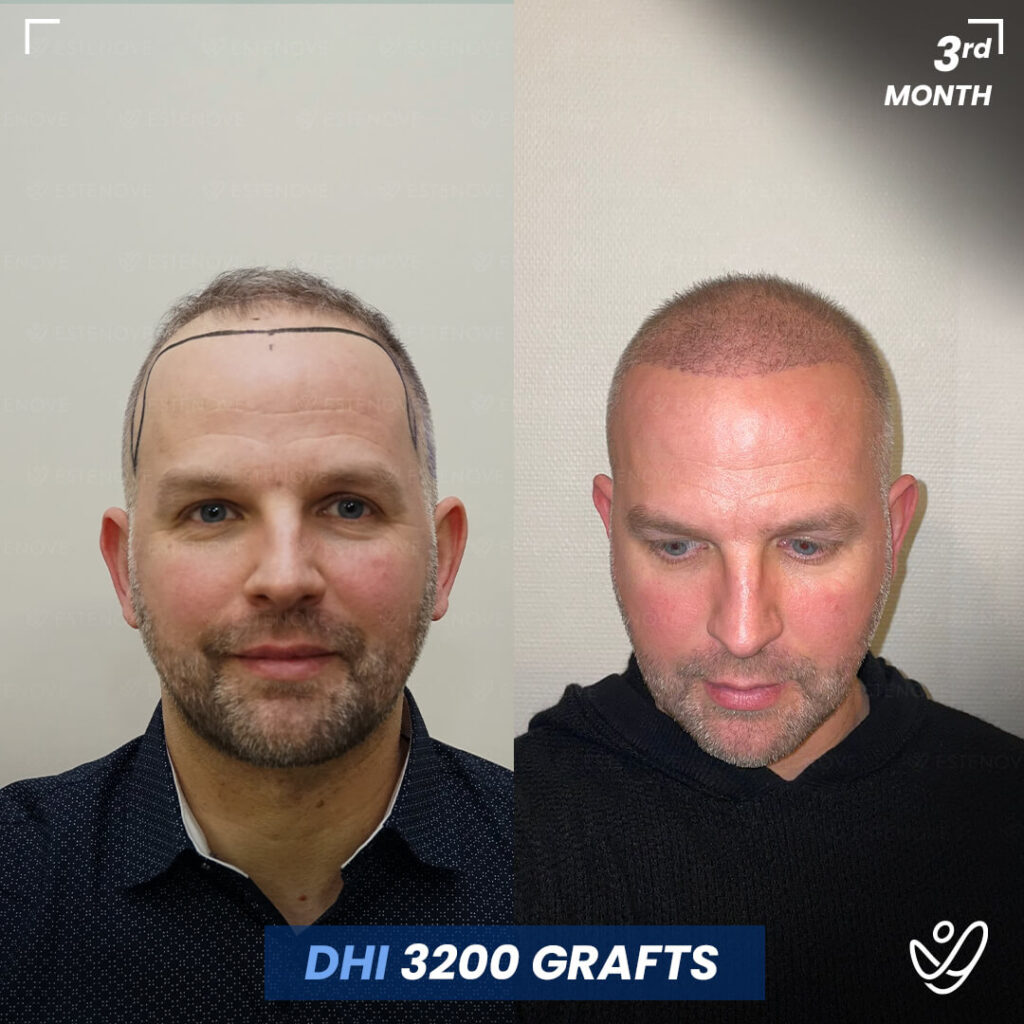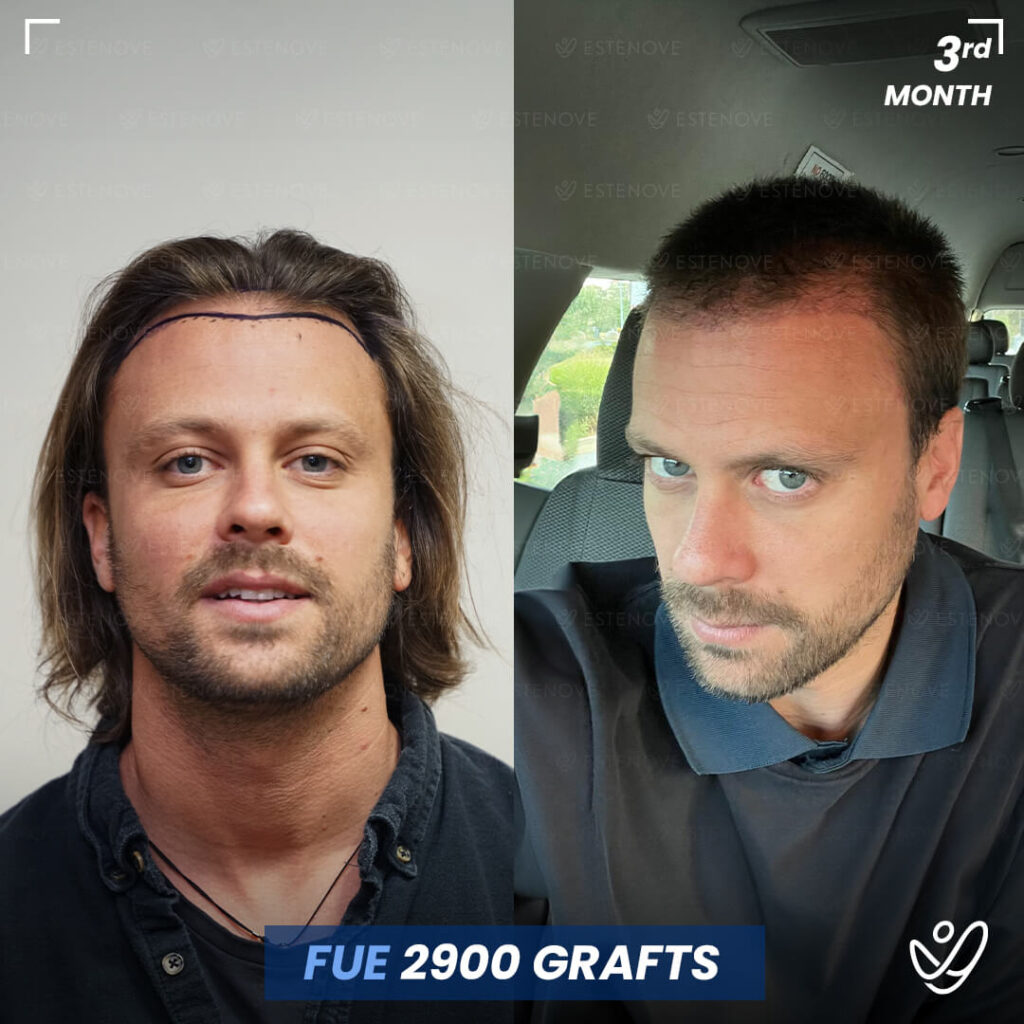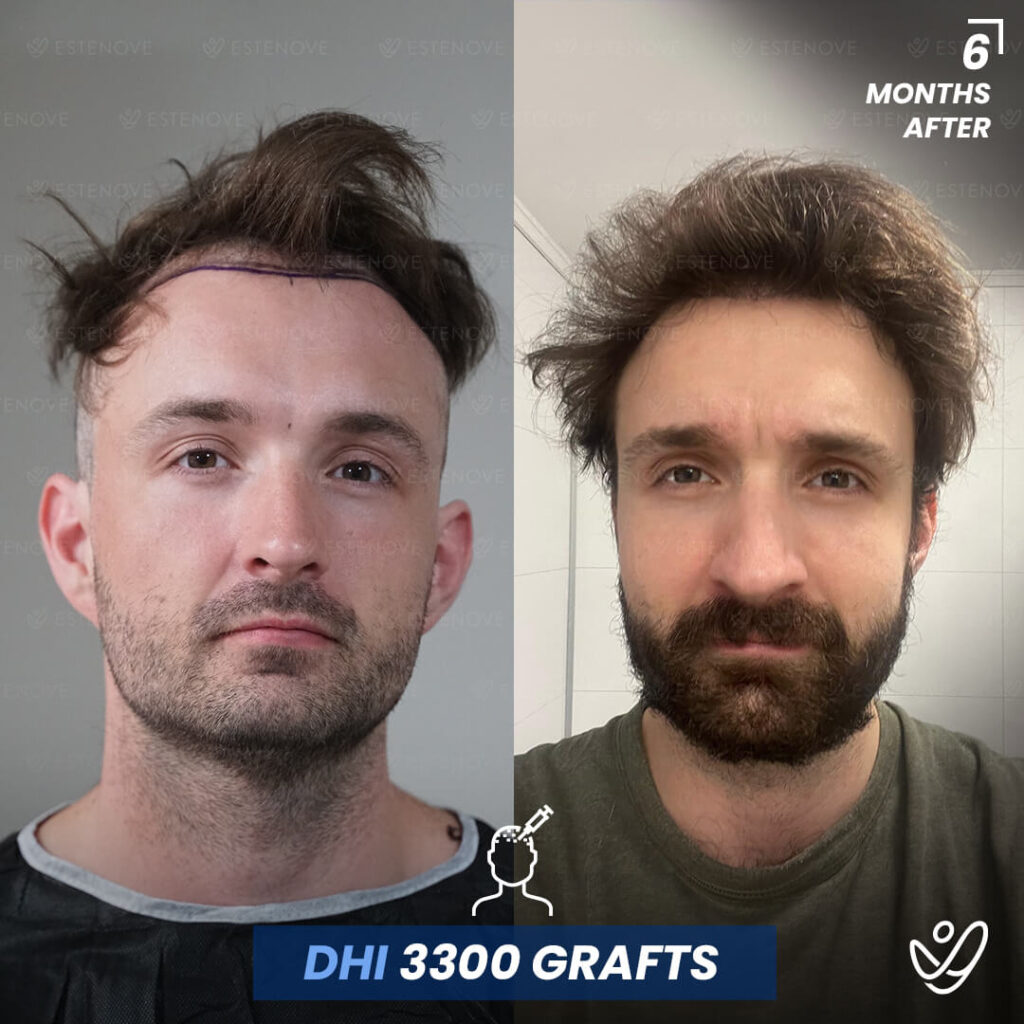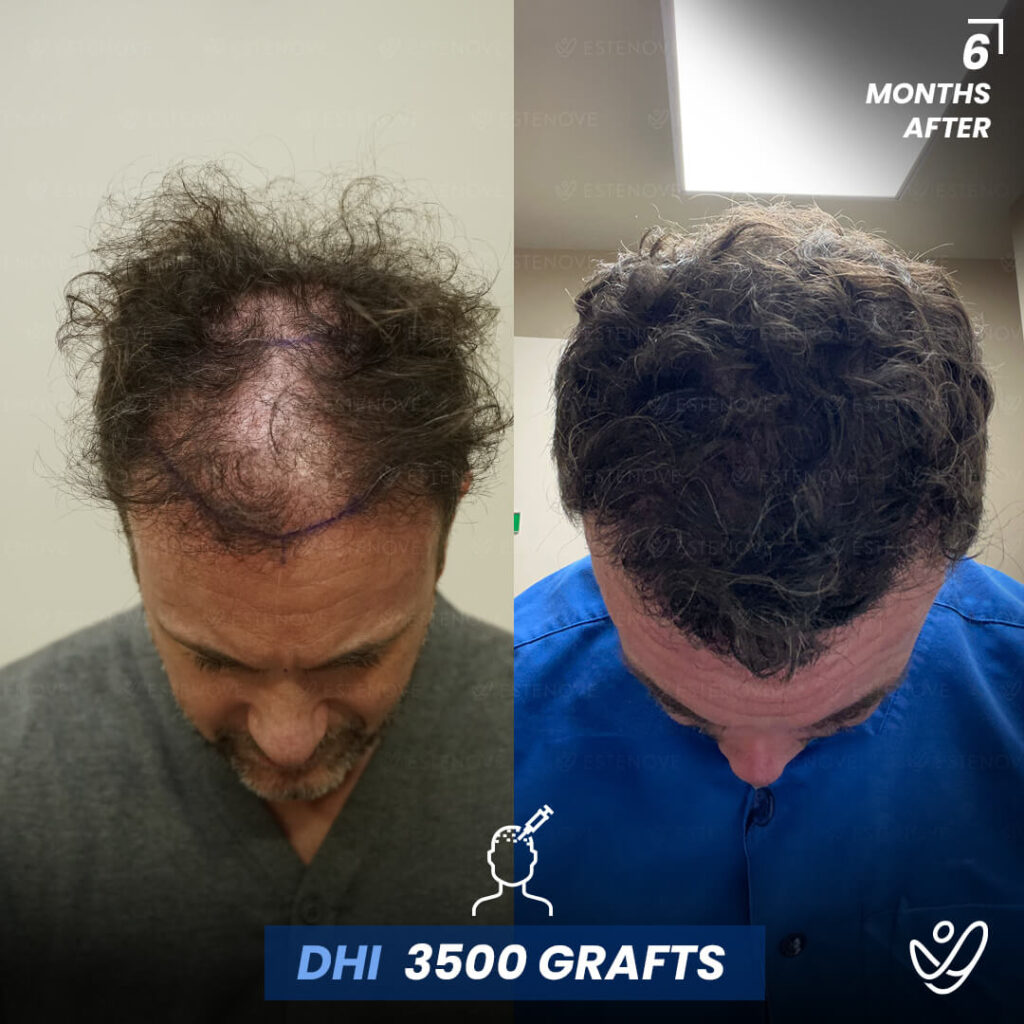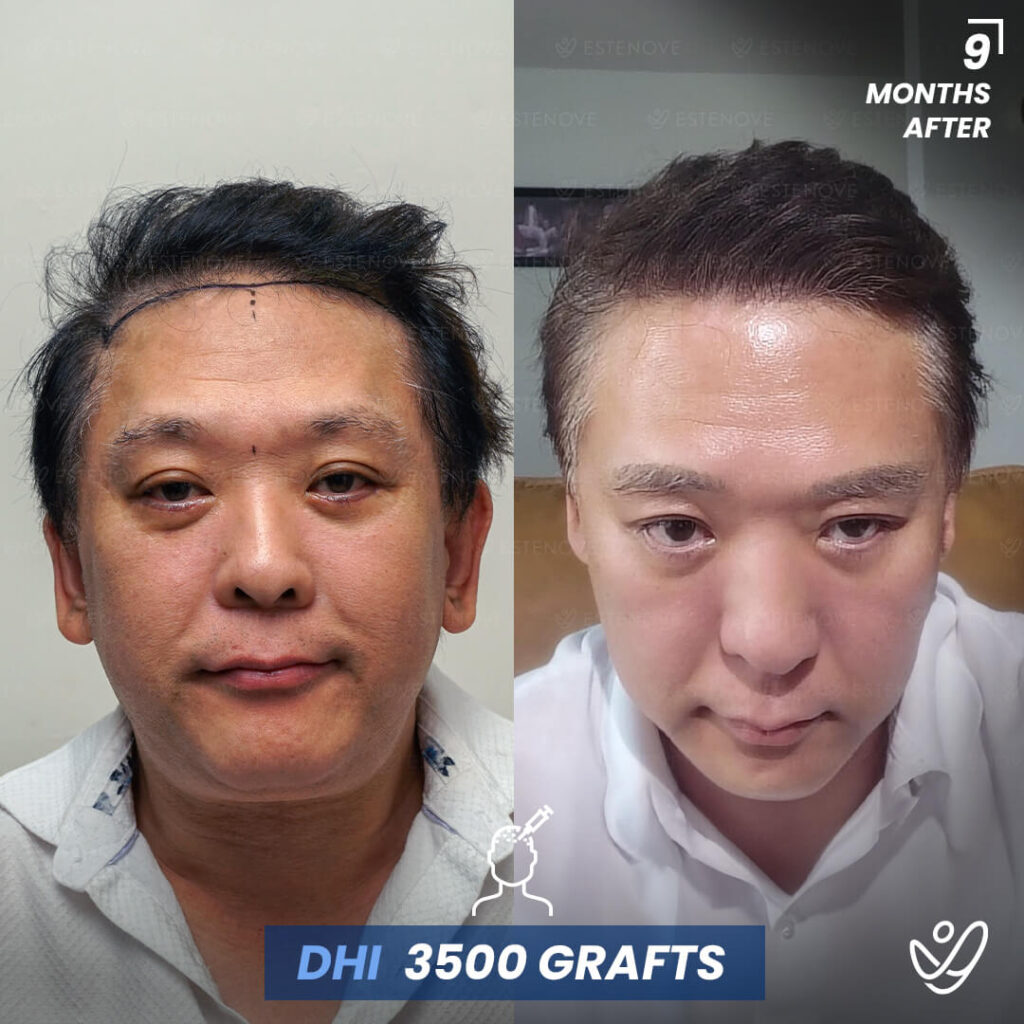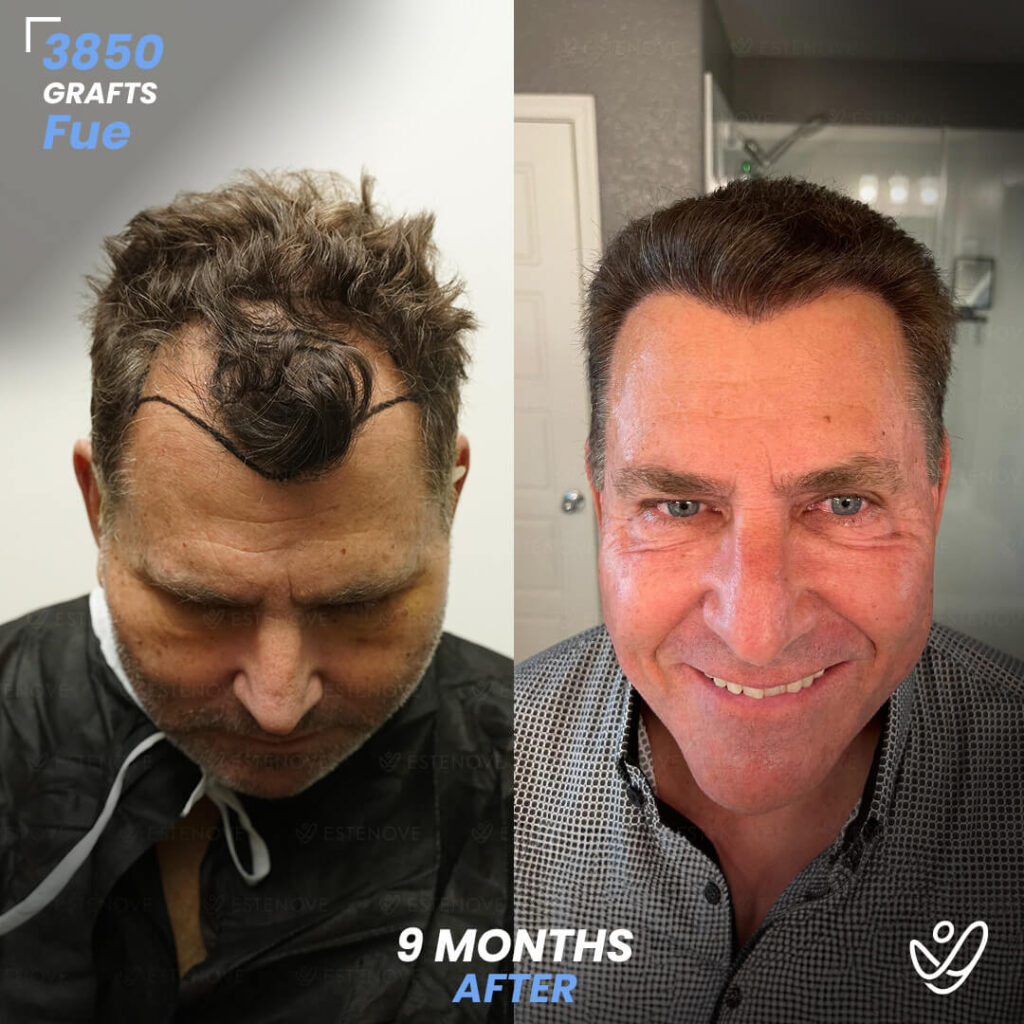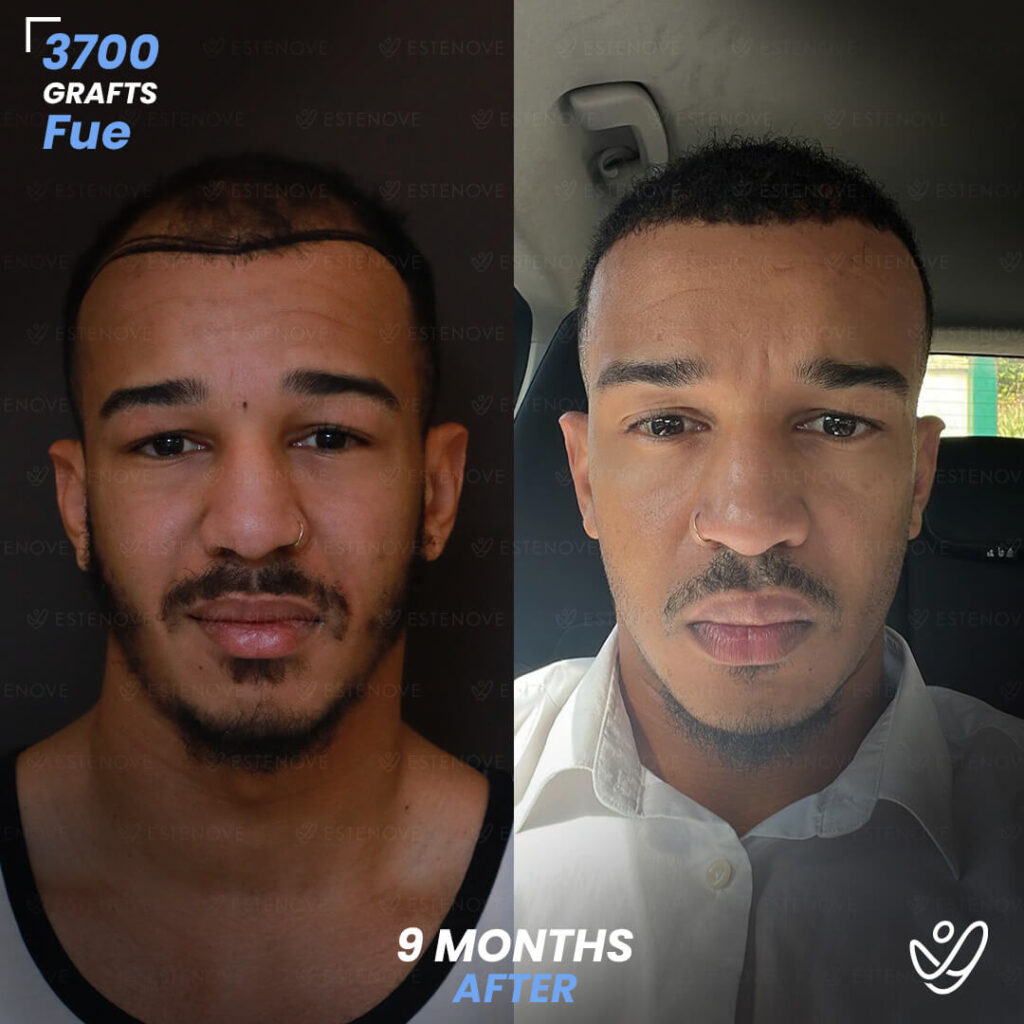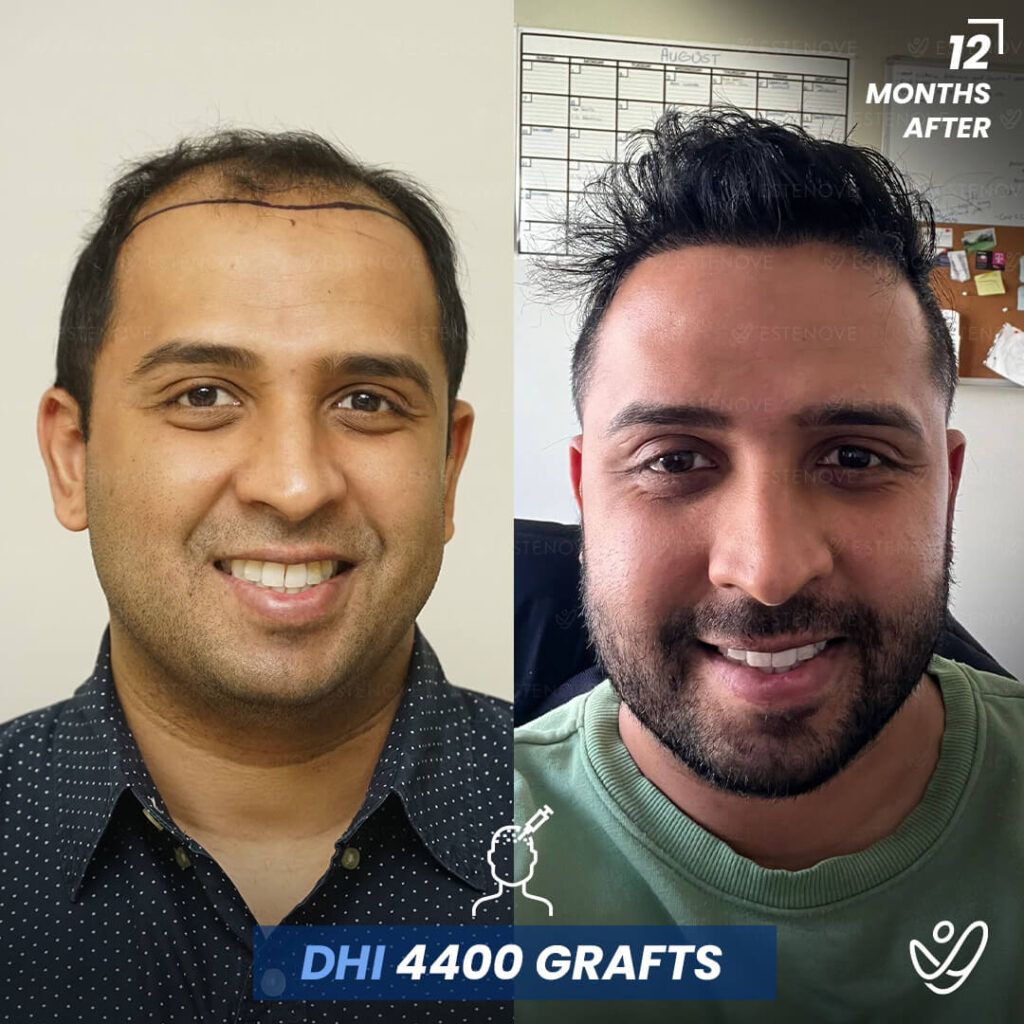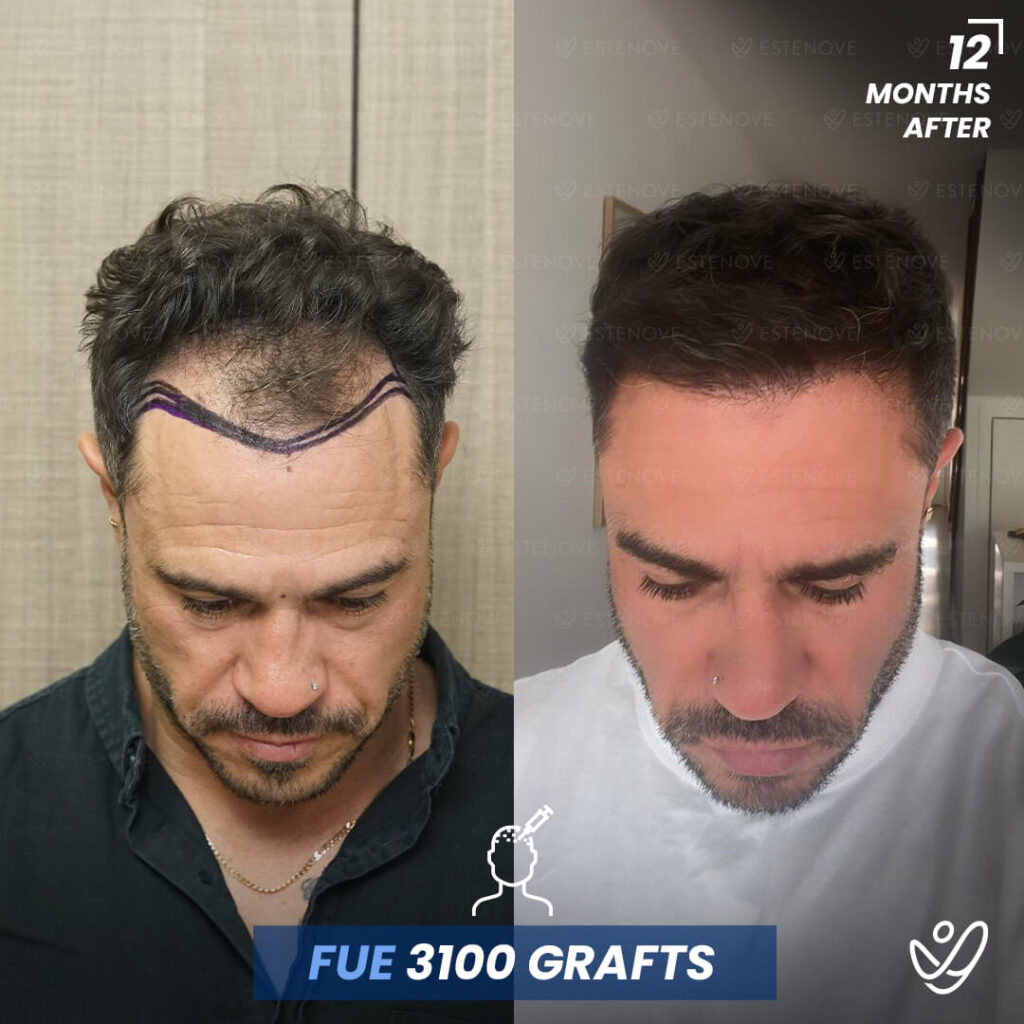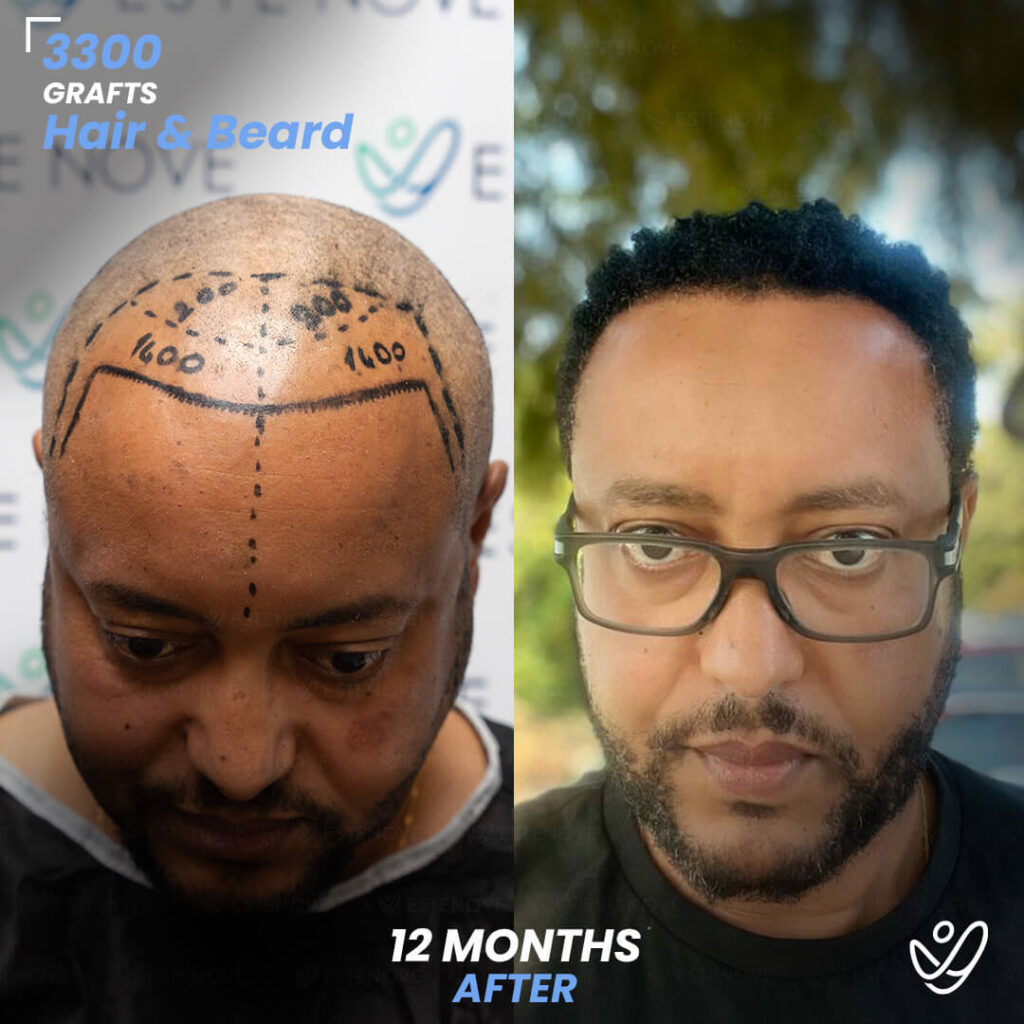
In recent years, hair transplant procedures have become increasingly popular for individuals seeking to restore their natural hairline and regain their confidence. However, undergoing any surgical procedure requires proper understanding, preparation, and a comprehensive recovery plan. A key aspect of this plan is knowing what to expect during the hair transplant recovery timeline. This article will guide you through the various stages of hair transplant recovery month by month, from immediate post-operative care to long-term management, to help you achieve optimal results.
Hair Transplant Procedure
Before delving into the recovery timeline, it is crucial to have a basic understanding of the hair transplant procedure itself. Hair transplantation involves the removal of hair follicles from a donor site, usually the back or sides of the head, and their transplantation into areas with thinning or no hair. The transplanted hair follicles then gradually establish a blood supply, leading to the regrowth of natural-looking hair.
The procedure can be performed using different techniques, such as direct hair implantation (DHI) or follicular unit extraction (FUE), each with its own advantages and considerations. DHI involves the use of a special implanter tool to directly transplant the hair follicles to the recipient area. This technique allows the hair follicles to be inserted at a specific angle and depth to achieve a more natural look. On the other hand, FUE involves extracting individual follicular units directly from the donor site using a punch tool, allowing for minimal scarring and quicker healing.
Regardless of the technique used, the success of a hair transplant procedure depends on various factors, including the skill of the surgeon, the quality of the donor hair, and the recipient site’s condition. Patients undergoing a hair transplant should have realistic expectations regarding the outcome and understand that full results may take several months to become apparent as the transplanted hair follicles go through their growth cycles.
Immediate Post-Operative Care
After the hair transplant procedure, your surgeon or medical team will provide specific instructions to ensure proper healing and minimize complications. It is essential to follow these instructions diligently. Immediately after the surgery, you may experience some swelling, discomfort, or minor bleeding in the donor and recipient areas. This is completely normal and should subside within a few days.
During this initial stage, it is crucial to keep the recipient area clean and avoid any activities that could disrupt the newly transplanted follicles. Your surgeon may prescribe antibiotics or pain medication to manage any discomfort or reduce the risk of infection. It is important to take these medications as instructed.
Additionally, it is recommended to sleep with your head elevated for the first few nights following the procedure to help reduce swelling and promote proper blood circulation to the scalp. Avoiding direct sunlight, strenuous exercise, and excessive sweating is also advised during the initial recovery period to prevent any complications and ensure optimal healing.
Furthermore, gentle hair washing can typically resume a day or two after the surgery, following your surgeon’s specific guidelines. Using a mild shampoo and being careful not to rub or scratch the recipient area will aid in keeping the area clean without causing any damage to the newly implanted hair follicles. Remember, patience is key during the post-operative phase as it may take several months to see the full results of hair transplant surgery.

Calculate the number of grafts needed for your hair transplant and get an estimated cost for various destinations
How Long Does Hair Transplant Take to Grow?
As you progress through the hair transplant recovery timeline, the transplanted hair follicles will gradually enter the growth phase. Hair transplant results typically begin to show after the first month, with noticeable improvements in hair thickness and density between 2-4 months. By 6 months, significant growth occurs, and by 12 months, you can expect the final results, with fully grown hair that blends naturally into your hairline. Here’s a detailed timeline for hair growth after a transplant:
First Week After Hair Transplant
During the first week following the hair transplant procedure, you may still experience some swelling and tenderness in the scalp. It is essential to refrain from any strenuous physical activities or exposure to direct sunlight during this period. Your surgeon may recommend wearing a loose-fitting hat or headband to protect the grafts.
As your scalp continues to heal, you may notice some redness or discoloration in the transplanted area. This is a common side effect of the procedure and should subside over time. To help reduce any discomfort, your surgeon may suggest using a gentle, non-medicated shampoo to cleanse the scalp. (See After Hair Transplant Products)
It’s important to follow your post-operative care instructions diligently to ensure optimal results. Remember to attend all follow-up appointments scheduled with your surgeon to monitor your progress and address any concerns you may have. By taking proper care of your scalp during this critical healing period, you are setting the foundation for successful hair growth in the future.
- Male DHI 3500 Grafts 12 Days Before&After Hair Transplant
- Male DHI, 3200 Grafts, 12 Days After Hair Transplant
- Male FUE, 5300 Grafts, 12 Days After Hair Transplant
- Male FUE Hair Transplant, 12 Day After
1 Month After Hair Transplant
Within the first month, you may notice some fine, thin hairs emerging from the scalp. This signals the beginning of the new hair growth process. For detailed information, we covered details at 1st month of hair transplantation.
- Male DHI 3500 Grafts 1 Month Before&After Hair Transplant
- FUE Hair Transplant, 1 Month Before After, 2900 Grafts
- Male, DHI, 1 Month After Hair Transplant, 3000 Grafts
- DHI Hair Transplant, 1 Month Before After, 3200 Grafts
2-4 Months After Hair Transplant
Between months 2 to 4, the transplanted hair will continue to thicken and become more noticeable. Although the speed of growth may vary among individuals, visible improvements and increased coverage are typically observed during this period. Check out our 3 months after hair transplantation guide fore more detailed information.
- Male, DHI, 3 Months After Hair Transplant, 3000 Grafts
- Male, DHI, 3 Months After Hair Transplant, 3200 Grafts
- Male, FUE, 3 Months After Hair Transplant, 2900 Grafts
- Male, DHI, 3 Months After Hair Transplant, 3500 Grafts
Ready to restore your hair?
Get in touch anytime — our experts are here 24/7 for a free online consultation
6 Months After Hair Transplant
By the end of the sixth month, an increasing number of transplanted hairs will have reached their full length, leading to a significantly improved appearance. However, it is important to note that complete hair growth and density may continue to develop for up to a year or more after the procedure. Check out our 6 months after hair transplant guide for more details.
- Male FUE 3900 Grafts 6 Months Before&After
- Male DHI 3300 grafts 6 Months Before&After
- Male DHI 3500 grafts 6 Months Before&After
- Male DHI 2300 Grafts 6 Months Before&After
9 Months After Hair Transplant
At the nine-month mark, your transplanted hair will likely have experienced notable growth and density. The hair should look more natural and blend seamlessly with your existing hairline. Proper care and maintenance, as advised by your surgeon, are crucial to optimize the outcome of the procedure.
During this stage, it is a good idea to discuss any concerns or areas that may require additional attention with your surgeon. They can provide guidance on styling techniques, hair products, and long-term care to ensure the continued success of your hair transplant. Check out more details at 9 months after hair transplant
- Male DHI 3500 Grafts 9 Months Before&After
- Male FUE 3850 Grafts 9 Months Before&After
- Male FUE 6000 Grafts 9 Months Before&After
- Male FUE 3700 Grafts 9 Months Before&After
12 Months After Hair Transplant
After a year of hair transplant surgery you can expect to enjoy the final results of the procedure. The transplanted hair will have fully grown and integrated into your natural hairline, offering a permanent solution to hair loss. You can style your hair, visit the salon, and engage in physical activities with confidence, knowing that your new hair is here to stay.
It is important to approach the hair transplant recovery timeline with realistic expectations. While significant improvements can be observed within the first year, the final results of a hair transplant may vary among individuals. Factors such as hair quality, existing hair density, and the progression of natural hair loss can influence the outcome. Therefore, it is vital to continue practicing good hair care habits, such as regular washing and conditioning, to maintain the health of your transplanted and existing hair. Routine follow-up appointments with your surgeon are also crucial to monitor the progress and address any concerns that may arise.
- Male DHI 4400 grafts 12 Months Before&After
- Male FUE 3100 grafts 12 Months Before&After
- Hair&Beard Transplant 3300 grafts 12 Months Before&After
- Male FUE 5000 Grafts 13 Months Before&After
Calculate the number of grafts needed for your hair transplant and get an estimated cost for various destinations. Try graft calculator
Managing Discomfort and Side Effects
While the hair transplant recovery timeline generally progresses smoothly, it is not uncommon to experience some discomfort or side effects during the process. These can include minor itching, numbness, or minor swelling. Most of these issues subside within the first few weeks. However, if you experience severe or persistent pain, unusual swelling, or any concerning symptoms, it is imperative to contact your surgeon promptly for evaluation.
Understanding that everyone’s recovery experience is different can help manage expectations during the various stages of the hair transplant recovery timeline.
The Importance of Follow-Up Appointments
Throughout the hair transplant recovery timeline, follow-up appointments with your surgeon play a critical role in ensuring the best possible outcome. These appointments allow your surgeon to monitor your progress, address any concerns or complications promptly, and provide guidance on long-term hair care.
By attending these follow-up appointments, you can stay informed and actively participate in your recovery process, ultimately enhancing the overall success of your hair transplant.
Long-Term Care for Transplanted Hair
While a successful hair transplant offers a permanent solution to hair loss, it is crucial to understand that the transplanted hairs are not immune to the effects of aging or other factors that can contribute to hair thinning. Therefore, incorporating a long-term maintenance plan for your hair is essential.
Your surgeon may recommend specific hair care products, gentle cleaning techniques, and periodic hair treatments to optimize the health and longevity of your transplanted hair. Additionally, maintaining a healthy lifestyle, including a balanced diet and stress reduction, can have a positive impact on the overall health of your hair and reduce the risk of future hair loss.
It’s worth noting that the success of a hair transplant extends beyond physical appearance. The procedure can have a profound impact on an individual’s self-confidence, allowing them to feel more comfortable in their own skin.
At Estenove, we don’t charge per graft, instead you’ll receive the maximum number of grafts necessary for your treatment for a fixed $3,750. Contact us to get your free hair analysis.
In conclusion, the hair transplant recovery timeline encompasses different stages, starting from immediate post-operative care to achieving the final results. Understanding each phase and following the guidance of your surgeon are crucial for an optimal recovery. With patience and proper care, you can confidently embrace your new hair and enjoy the long-lasting benefits of a successful hair transplant.

